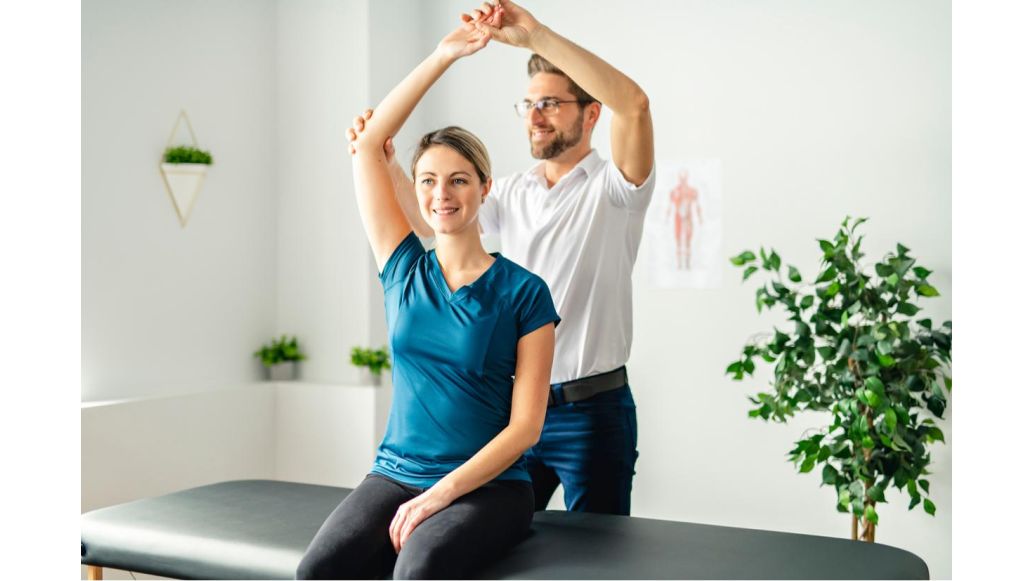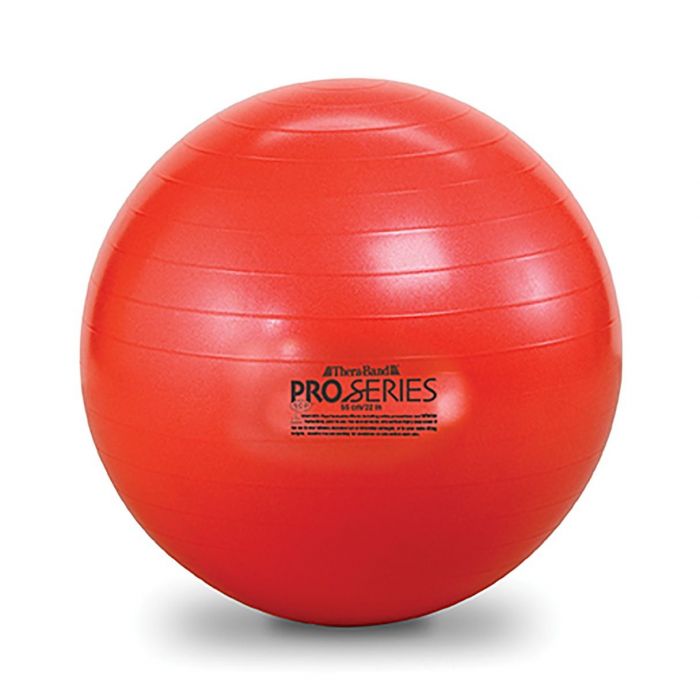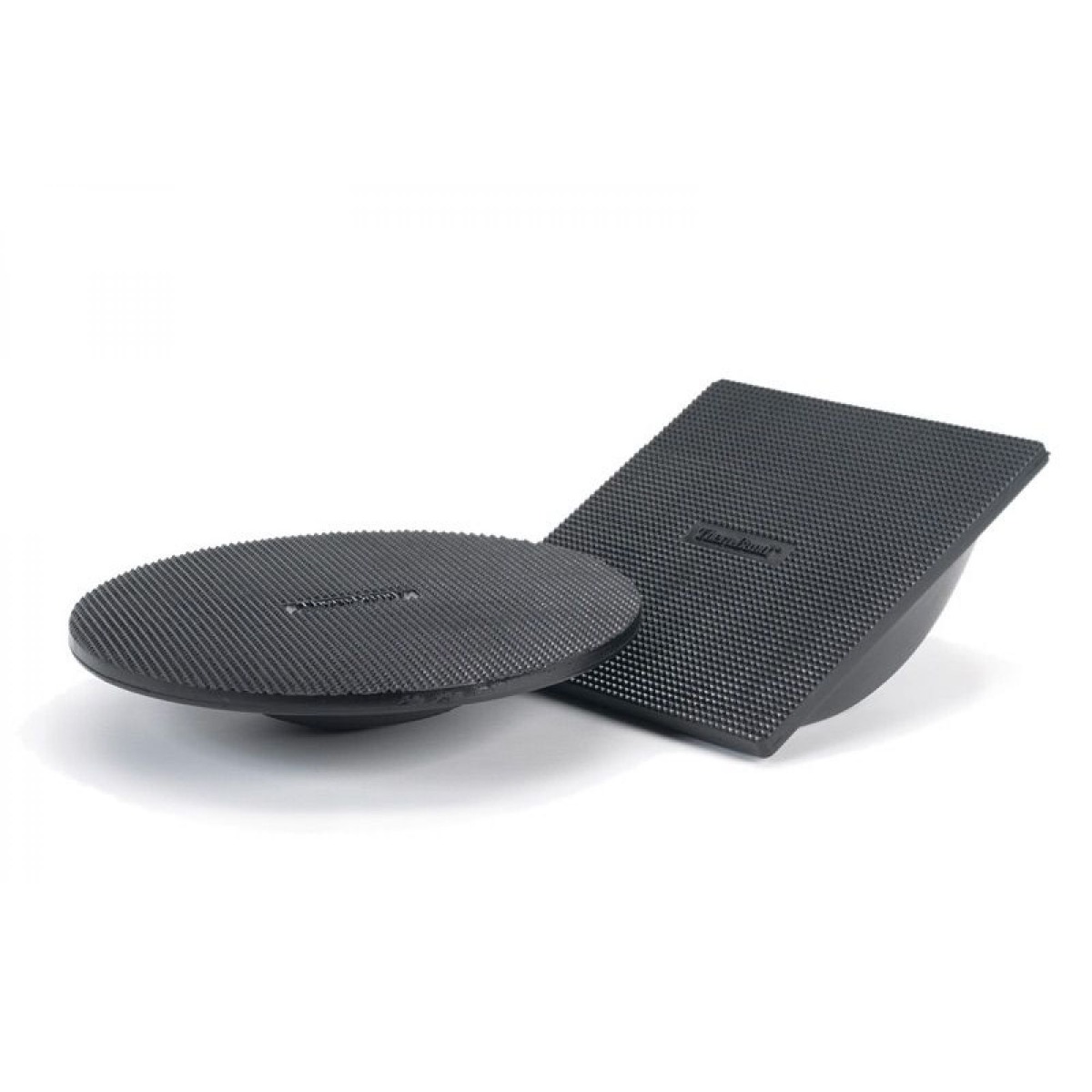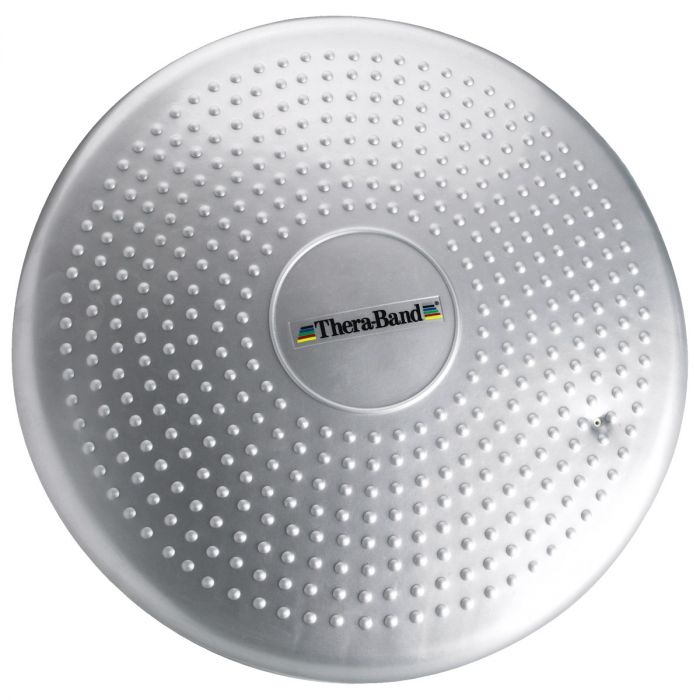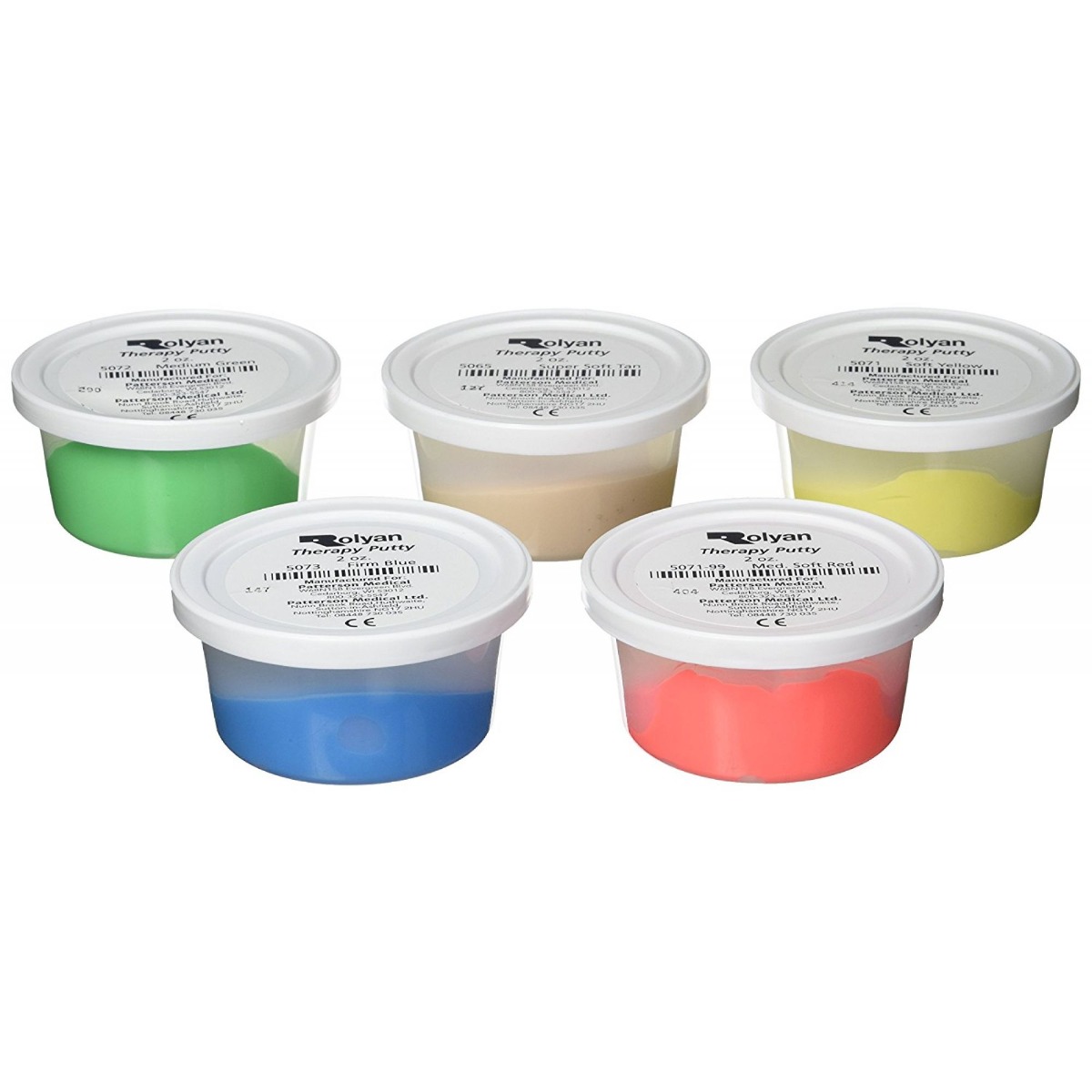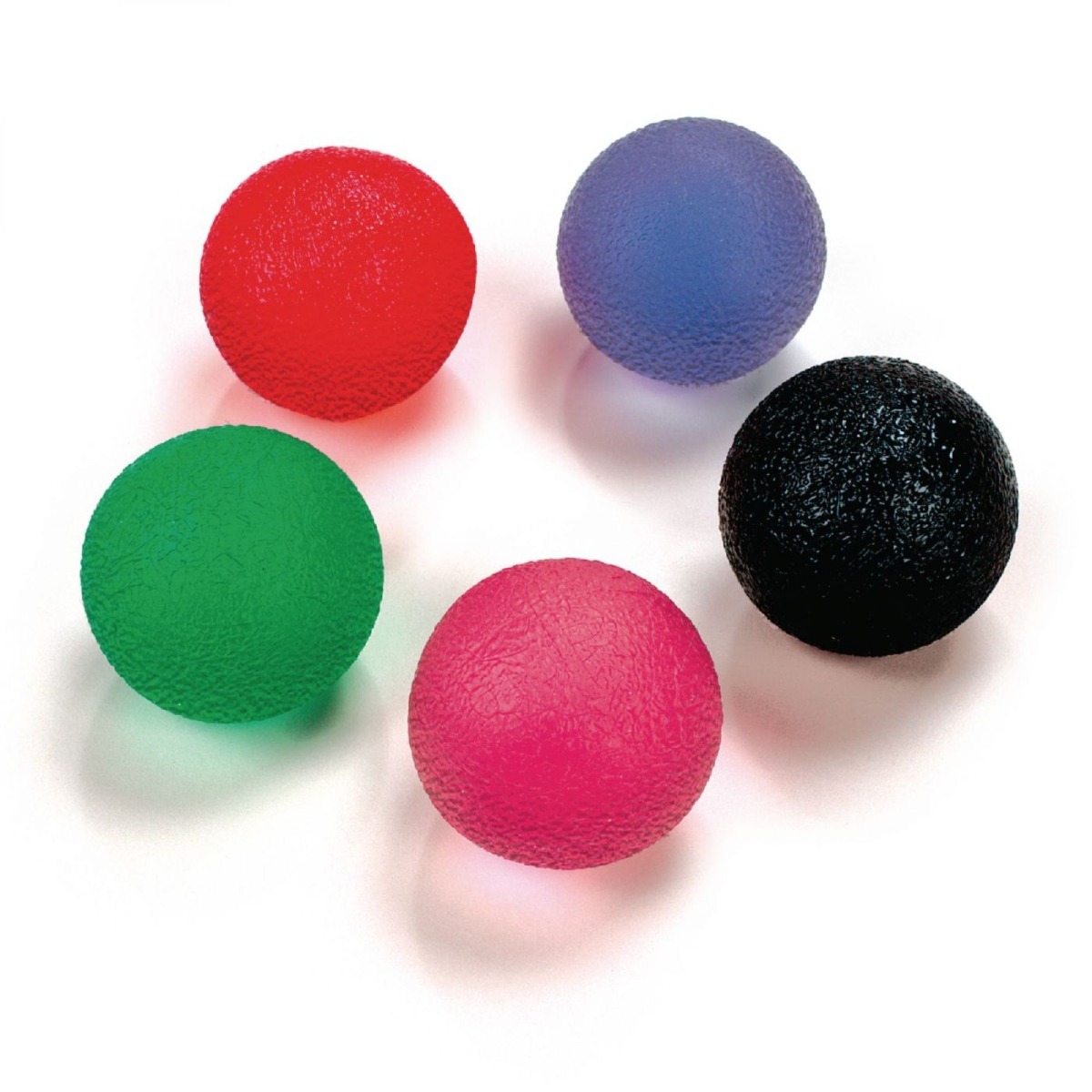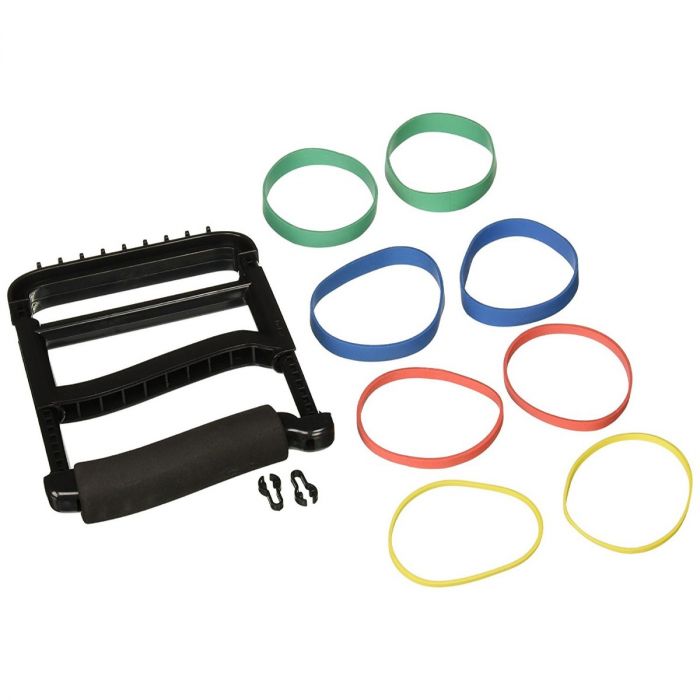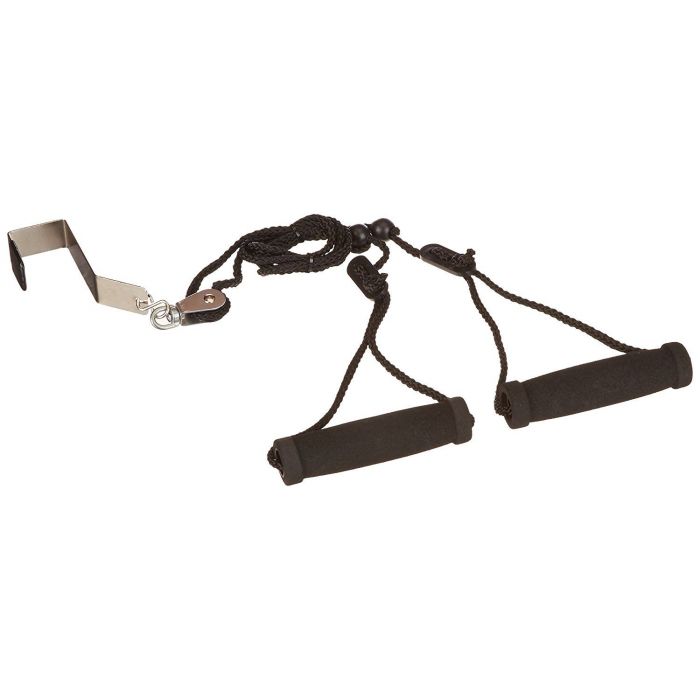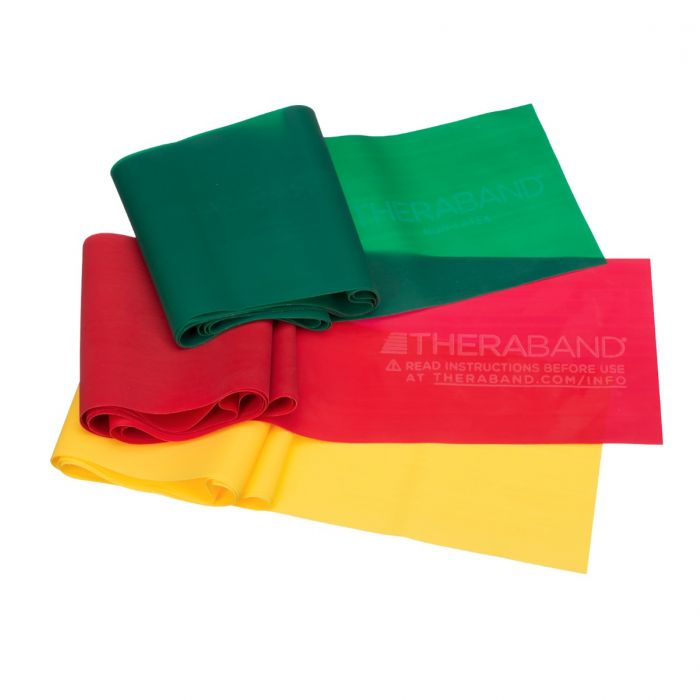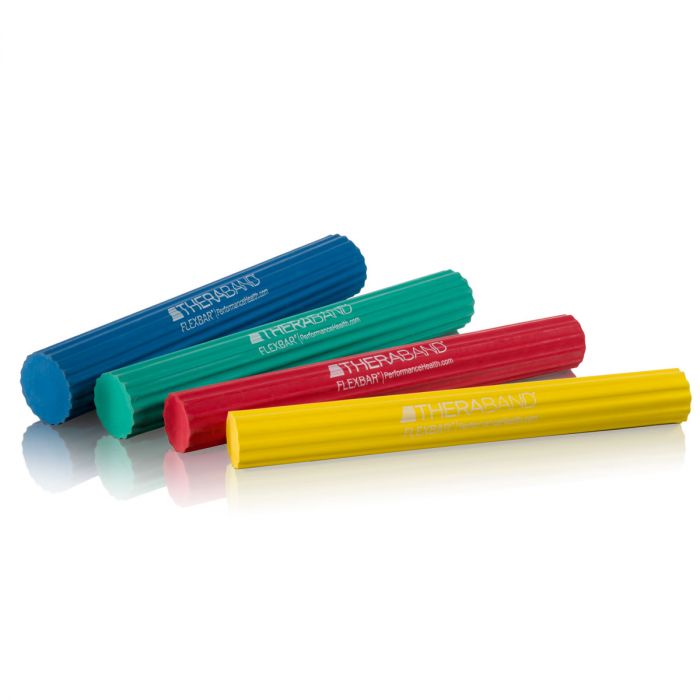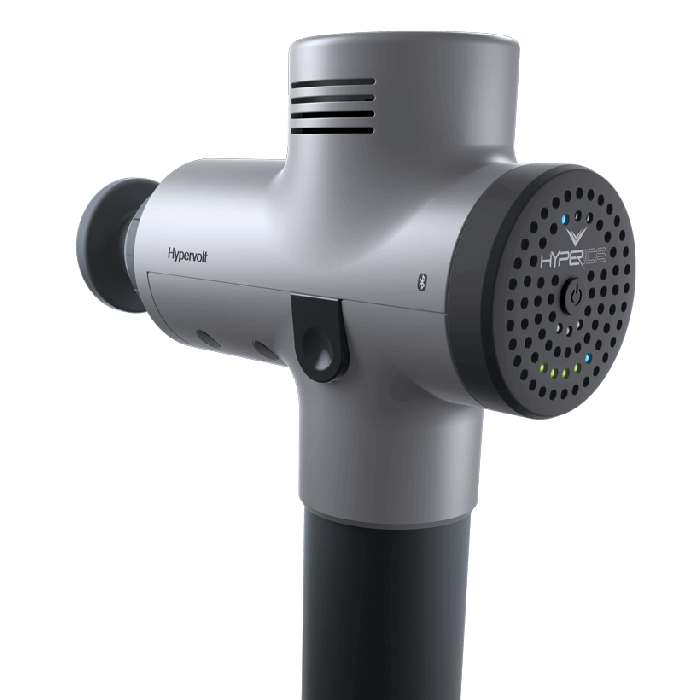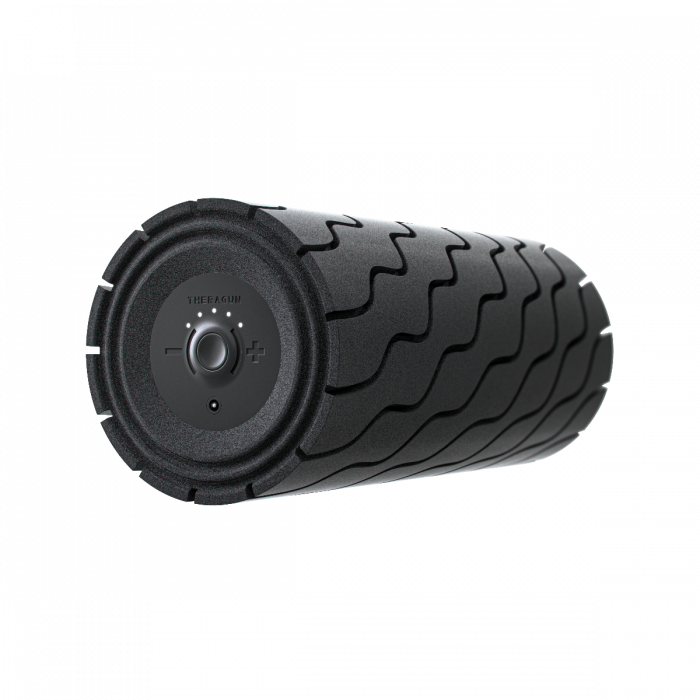Are you suddenly experiencing pain and discomfort? Recovering from an injury or have recently had surgery? Your doctor may recommend physical therapy. Physical therapists use a variety of treatment modalities and techniques to help you move better and feel better.
By understanding what your physical therapist can do to help you, you can then begin your journey to rehabilitation!
- What is a Physical Therapist?
- Why Might You See a Physical Therapist?
- What to Expect During a Physical Therapy Session?
- 7 At-Home Physical Therapy Products
What is a Physical Therapist?
A physical therapist (PT) specializes in physiotherapy, helping people of all ages and fitness levels to rehabilitate injuries focused on the musculoskeletal system. Physical therapists diagnose and provide hands-on care and patient education to those who have physical or physiological problems. Helping improve quality of life, physical therapists examine each person to develop a treatment plan to improve their ability to move, reduce or manage pain, restore function, and prevent disability.
Facts about the success of physical therapy include:
- Research suggests that physical therapy may decrease the likelihood of persistent symptoms in children and adolescents after a concussion 1
- Of the 6,300 adults questioned in a recent study, 78% said they preferred non-drug alternatives to treating their physical pain. 41% found physical therapy as the most effective non-drug option2
- Group-based exercises led by a physical therapist are effective for decreasing fall frequency, increasing balance, and improving quality of life3
- Overall ACL injury rate was 1.7 times less, and the non-contact ACL injury rate was 3.3 times less, in athletes who performed specific physical therapy exercises 3 times a week during their season than in their peers who did not 4
The treatment process may include strengthening and endurance exercises, the use of heat and ice to reduce pain and inflammation, or ultrasounds and electronic stimulation. In addition, your therapist will continually provide you education and feedback to progress you toward achieving your goals. So how do you know when physical therapy is the best option for you?
Why Might You See a Physical Therapist?
When you’re dealing with an issue that is musculoskeletal (muscles, ligaments, tendons, or bones), you might want to consider visiting physical therapy. Physical therapists work to address pain or a potential injury that is inhibiting your ability to move and exercise regularly. By evaluating your current fitness level and mobility, your physical therapist can then create a personalized program, focusing on your mobility constraints and imbalances.
Another common reason to visit physical therapy is for rehabilitation after a surgery. Doctors will strongly encourage (if not required) you to participate in guided rehabilitation with a physical therapist. The post-op rehabilitation process can begin as early as the same day of surgery and last up to 6-12 months.
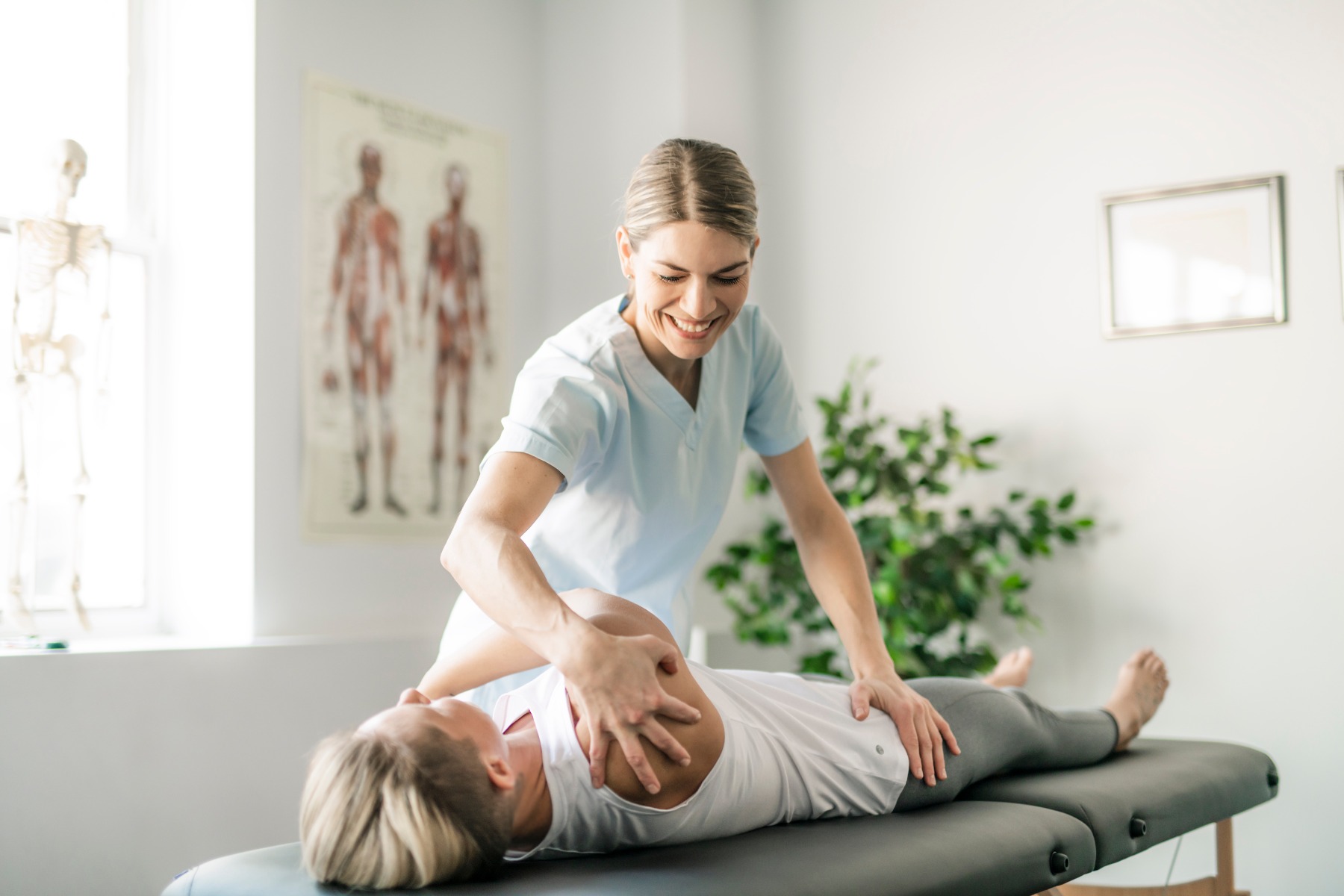
In addition to helping reduce pain and discomfort, physical therapy can benefit you in several other ways.
- Avoid Opioids. When dosed appropriately, prescription opioids may be recommended for post-operative treatment. However, the Centers for Disease Control and Prevention (CDC) is urging healthcare providers to reduce the use of opioids for safer alternatives like physical therapy. 1 Risks associated with the use of opioids include depression, overdose, and addiction
- Avoid Surgery. Anytime an invasive procedure is performed on a patient, there are risks that surgery exposes you to (i.e. infections, blood clots, elevated blood pressure and/or heart rate). Doctors are recommending physical therapy as a non-invasive method of healing the body. 2 For some conditions, including meniscal tears, knee osteoarthritis, rotator cuff tears, and degenerative disk disease, treatment by a physical therapist is as effective as surgery
- Prevents Injury. Physical therapy can also be used as a form of preventative care. Ideal for sports athletes, it can provide body awareness, teach proper body mechanics, and educate you on what areas to strengthen to avoid such injuries. You will then be able to apply simple exercises in your daily routine at home to reduce the risk of injuries and potential broken bones
- Manage Aging. As you age, you are at higher risk to lose muscle mass and strength. This makes it more difficult to balance your own body weight. Physical therapy can help address joint pain, arthritic pain, and osteoarthritis. It’s also important for aging adults to learn to make modifications and adjustments for everyday activities. It can help decrease the risk of falls and injury as you get older
To learn more about how physical therapy can help manage pain and achieve movement, watch this video!
What to Expect During a Physical Therapy Session?
When you first see a physical therapist, the appointment will consist of a full assessment to test your muscle strength and joint range of motion in the painful area and in the surrounding muscles and joints. Additional screenings will help identify postural deficits and observe your movement patterns. During the evaluation, your physical therapist will also ask you a series of questions about your condition as well as your past medical history.
The full assessment helps identify any limitations you have that may be contributing to your pain and discomfort. From here, your physical therapist can create a unique treatment plan that focuses on improving strength and mobility, as well as reduce any pressure that may occur at specific joints. Your physical therapist will also establish with you how often and how long you will need treatment. The first few sessions are often the most difficult as your body adapts to new movements.
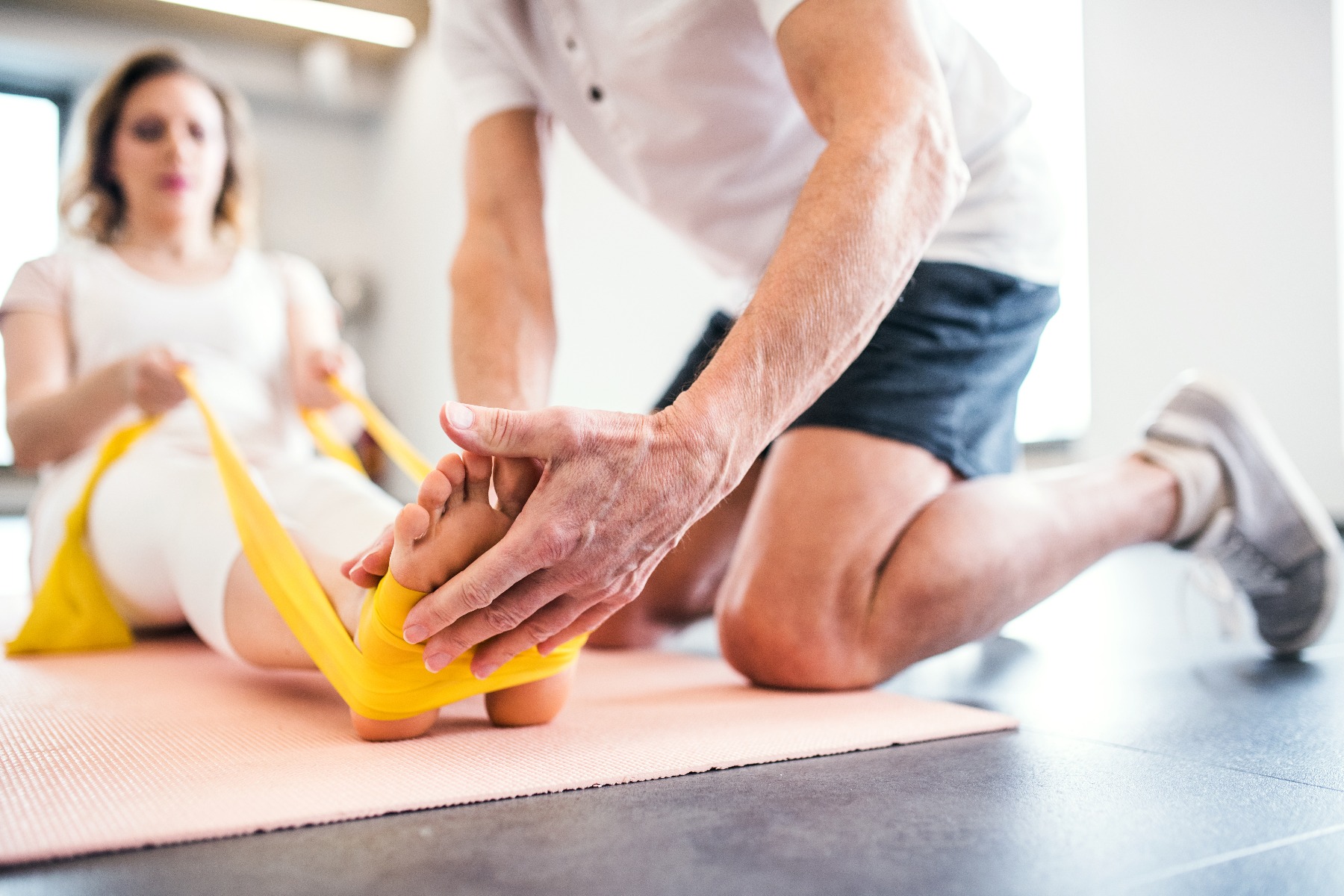
Types of Therapies
Once you have completed a full assessment and have a treatment plan in place, your therapist will choose from a variety of activities during your session. Talk to your physical therapist and make sure you understand how these different therapies can help you.
- Therapeutic Modalities – Designed to help improve your blood flow, reduce swelling, increase flexibility, or manage your pain levels. Some different in-clinic techniques include electrical stimulation, iontophoresis, and moist heat
- Massage and Mobilization - Using hands-on joint and soft tissue massage and mobilization helps relieve pain and promote blood flow. Your joints and muscles may be moved through various stretches to increase your range of motion
- Therapeutic Exercise - You may be given a series of at-home strengthening exercises to help you heal faster and see better results. Typical resisted exercise progression gradually increases the load on tissue to optimize muscle function. Your physical therapist will discuss with you how often you should do your at-home exercises
Difference Between PT and OT
While physical therapy is designed to help improve mobility, Occupational Therapy (OT) focuses primarily on helping you perform daily tasks more easily. Treatment includes exercises that help you improve your fine and gross motor skills, so you can carry out specific day-to-day activities. These activities include dressing, eating with utensils, bathing, etc. Both therapies aim to improve quality of life and knowledge about how to maintain your health and well-being at home.
Learn more about occupational therapy in The Complete Beginner’s Guide to Occupational Therapy. Or watch this video here!
Additional Information
Part of your physical therapy is educational – you will learn how to avoid further injury. Your therapist will take into consideration your feedback on what is working and will ask what needs additional help in order to restore your health and function. You may learn some additional techniques like how to wrap painful joints to help protect them. Those with arthritis might be taught strategies for living with reduced mobility.
It is also important to note that your sessions may involve moderate exercise and stretches. It’s recommended you wear comfortable clothes to move around in. Suggested clothing includes loose shirts or tank tops, loose pants or shorts, and proper-fitting footwear. Wearing loose-fitting clothes also allows physical therapists to easily gain access to the area needing treatment.
At-Home Physical Therapy Products
If you are looking to continue your rehab program at home, we’ve gathered several products that you can find in a physical therapist’s office!
Resistance bands and tubing, for example, are among the most common training devices to improve strength. Shoulder pulleys allow patients to self-administer passive range of motion exercises. For fall prevention training, try a balance board (or rocker board) to help improve posture and coordination. For post-workout recovery, consider a foam roller. Use the self-massage tool on your major muscle groups to decrease post-exercise soreness and improve range of motion.
Balance
TheraBand PRO Series SCP Exercise Balls
- Used to reduce or prevent back pain caused by muscle imbalance
- Ideal for a weak core, targeting movements like push-ups, planks, and sit-ups on an unstable surface, explore our exercise library for more ideas
- Non-slip, non-latex PVC polymer construction, easy-to-clean and deflates slowly if punctured
- Safe to lie, sit or kneel on while exercising the core, back, shoulder, and leg muscles
TheraBand Rocker and Wobble Boards
- Ideal for balance training, providing an unstable surface to train the core, legs, and upper body
- The textured top provides pressure points that stimulate and enhance sensory perception, response, and overall posture control
- Designed to help improve automatic postural reactions and proprioception
- Check out these exercises to get started
TheraBand Stability Disc
- Helps strengthen core muscles and overall balance for sport and activity specific balance training
- Non-latex PVC disc is pre-inflated and ready for exercise, training, and active or dynamic sitting
- Can be used to intensify exercises including crunches, lunges, push-ups, planks and more
Hand Therapy
Sammons Preston Therapy Putty Set of 5
- Used for a wide variety of strengthening exercises to improve range of motion and flexibility
- Color-coded for easy identification and visual reinforcement of progress as users advance upward
- Non-oily, latex-free formula leaves skin clean and dry without sticking
- Safe for users with allergies and sensitive skin
Hand Therapy Balls
- Designed to help rehabilitate and exercise the wrist, hand, fingers, and forearms
- Progressive levels of resistance allow the difficulty of each workout to be gradually increased as the hand strength and grip improves
- Can be either heated or frozen to help relieve pressure on arthritic joints or reduce inflammation
Rolyan Basic Ergonomic Hand Exerciser
- Ideal rehabilitation tool increases dexterity and improves grip after injury or surgery
- Switch out rubber bands to adjust resistance as you change exercises or gain strength
- Includes four pairs of colored rubber bands with varied resistance (yellow, red, green, and blue)
Strength Building
Rolyan Reach N’ Range Pulley
- Designed to help increase upper extremity range of motion and strength
- Hangs over the door with either a webbing strap or metal bracket for attachment to the door
- Ideal for arthritis, tendonitis, frozen shoulder syndrome, rotator cuff injury, and bursitis
- Pulley wheel provides smooth rope guidance to build muscle
TheraBand Resistance Band Beginner Kit
- Set of three bands providing resistance in pounds ranging from 3.0 lbs. to 6.7 lbs.
- Designed for upper and lower body resistance exercises and for conditioning, strength training, or rehabilitating major muscle groups
- Improves posture, cardiovascular fitness, and motor function, prevents falls, and decreases pain and blood pressure
- Track your progress as your strength increases with the color progressive system
- If you’re looking for more of a challenge, check out TheraBand High Resistance Bands
TheraBand FlexBar
- Clinically proven to increase tendon strength and reduce elbow pain
- Can be used for forearm and grip strengthening exercises that build muscles
- Come in four resistance levels: Extra Light, Light, Medium and Heavy
Massage
Hypervolt Bluetooth Vibration Massage Device
- Ideal self-myofascial release tool used to improve range of motion and provide relief to painful and stiff muscles
- Features Quiet Glide technology to allow for a smooth and seamless massage experience without having the loud noise of the percussions
- Includes 4 head attachments, each tailored to deliver a different massage application that can easily target specific areas
Theragun Wave Roller
- The vibrations help reduce lactic acid buildup after a high intensity workout
- Asymmetrical, wave-shaped grooves provide the texture and traction needed to apply pressure
- Use this foam roller to accelerate your warm-up and recovery, increase blood flow, and release muscle tension
Have you recently had surgery? Fortunately, we’ve created a physical therapy home therapy kit to help you restore and maintain your health in the comfort of your home! This kit features resistance bands for exercise, helping stretch muscles to increase flexibility and muscle strength, and gait belts to assist with transfers. The digital thermometer, plastic goniometer, and self-taking blood pressure kit helps with monitoring progress in health. Lastly, the gauze sponges, sterile alcohol prep pads, tapes, and dressings are ideal for cleansing and protecting wounds from the external environment.
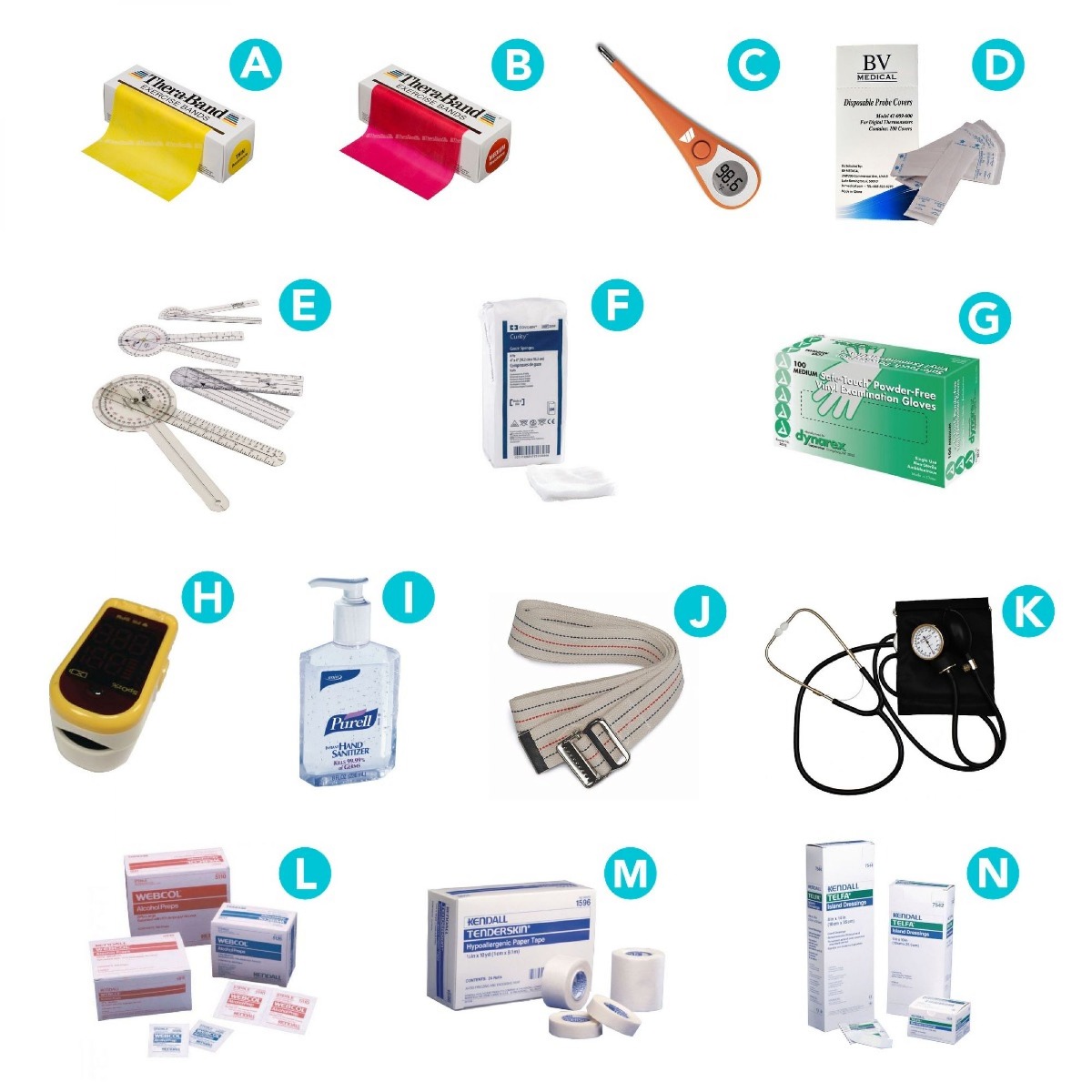
If you are experiencing weakness because of recent injury or surgery, have a physical therapist create an individualized exercise program that will meet all your needs and goals. Your physical therapist will use exercise, education, and special hands-on techniques to help you achieve pain-free mobility as well as improve balance and coordination. To learn more about the benefits of physical therapy, visit ChoosePT.com
References
- Anonymous. (2017). Top 10 Key Benefits of Physical Therapy. Movement for Life. Retrieved from https://bit.ly/3dZKa4f
- Inverarity, Laura. (2020). What is a Physical Therapist? VeryWell Health. Retrieved from https://bit.ly/3opGAFn
- Sears, Brett. (2020). What to Expect from Your First Physical Therapy Appointment. VeryWell Health. Retrieved from https://bit.ly/3oqkJxo
- Smith, Lori. (2017). Physical Therapy: Who Can Benefit and How Can it Help? Medical News Today. Retrieved from https://bit.ly/31HjO20
Medical Disclaimer: The information provided on this site, including text, graphics, images and other material, are for informational purposes only and are not intended to substitute for professional medical advice, diagnosis or treatment. Always seek the advice of your physician or other healthcare professional with any questions or concerns you may have regarding your condition.








 France
France Australia
Australia